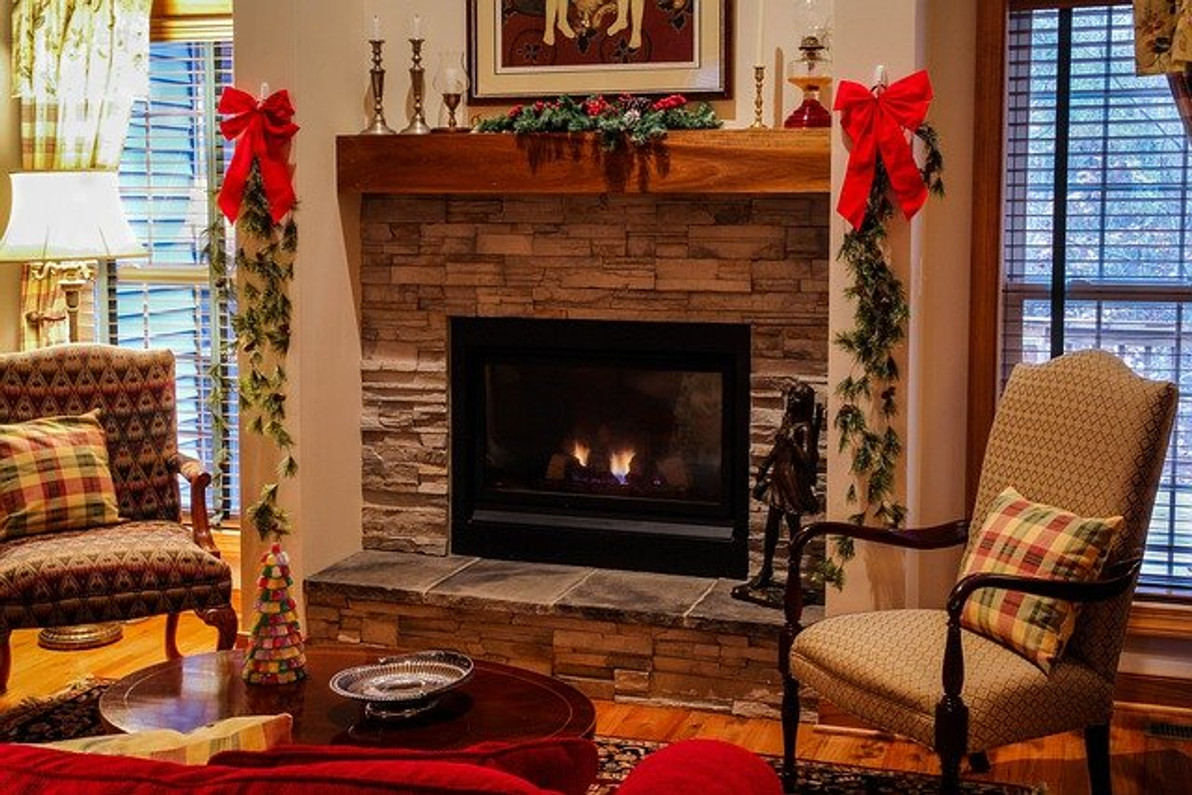Wood vs Gas Fireplaces: Which Is Right for Your Home?
When installing a fireplace, one of the decisions you'll have to make is whether to choose a wood or gas fireplace. They will both produce a flame, and they will both generate heat. Wood fireplaces simply run on wood logs, whereas gas fireplaces run on natural gas. With their different fuel types, though, there are other nuances between wood and gas fireplaces.
Cleaning
It shouldn't come as a surprise to learn that wood fireplaces are more difficult to clean than gas fireplaces. Burning wood will result in thick smoke. Within this smoke is soot that sticks to the inner walls of chimneys. Over time, this soot will build up while restricting airflow. You'll need to clean both the fireplace itself as well as the chimney if you have a wood fireplace.
Environmentally Friendly
Gas fireplaces are better for the environment than wood fireplaces. Natural gas burns more cleanly than wood. When wood burns, byproduct gases are released into the atmosphere. These byproduct gases will travel up the chimney and out the top of your house. Gas fireplaces don't produce these same byproduct gases. if you're an environmentally conscious homeowner, you may want to choose a gas fireplace for this reason.
Cost
Contrary to what many homeowners believe, gas fireplaces don't cost more to operate than wood fireplaces; they actually cost less than their wood counterparts. With a wood fireplace, you'll have to maintain a supply of wood logs. If you run out of wood logs, you won't be able to keep your wood fireplace going. Gas fireplaces only require a connection to a natural gas line. And when compared to wood logs, natural gas typically costs less.
Heating
In terms of heating, wood fireplaces often outperform gas fireplaces. Gas fireplaces still have logs, but they don't have wood logs. Instead, they feature ceramic logs. When turned on, a flame will rise through these ceramic logs to mimic the appearance of a wood fire. Since the ceramic logs don't actually burn, though, gas fireplaces don't produce as much heat as wood fireplaces.
Chimney
Wood fireplaces require a chimney. You can't install a wood fireplace in your home unless there's a chimney present. Gas fireplaces, conversely, may only require a smaller, narrower flue pipe. There are even ventless gas fireplaces. Ventless gas fireplaces don't require a chimney, nor do they require a flue pipe. Instead, they use special ventless ceramic logs.
Recent Posts
-
Fire Safety in the Workplace: What You Need to Know
What steps are you taking to prevent fires in your workplace? According to the U.S. Occupational Saf …Aug 23rd 2023 -
Is It Safe to Go Jogging With a Cold Infection?
If you're suffering from a cold infection, you might be wondering whether it's safe to go jogging. T …Aug 22nd 2023 -
5 Safety Tips to Follow When Using a Powder-Actuated Tool
Powder-actuated tools are commonly used to join materials to steel and concrete. Also known as Hilti …Aug 20th 2023




